All about exposed aggregate concrete: what is, how to do and cost
Nowadays there are multiple techniques and materials to build pavements of all kinds in the exteriors of private homes as well as in floors for public use such as sidewalks, parks and gardens. Among all the options offered by a market in constant evolution and innovation, exposed aggregate concrete is a great attraction due to its attractive aesthetics, its high resistance and durability under the most abrupt conditions and, of course, its affordable and economical cost compared to other options.
This decorative technique is one of the simplest and most effective methods for creating in-situ pavements whose appearance is very similar to that of gravel. A roughness that offers numerous virtues, among which is the anti-slip texture it provides.
Next, we are going to go deeper into everything related to exposed aggregate concrete. We will explain what this technique consists of, its main benefits, how to do it correctly, what products to buy to execute this pavement, as well as its price per square meter, among many other questions.
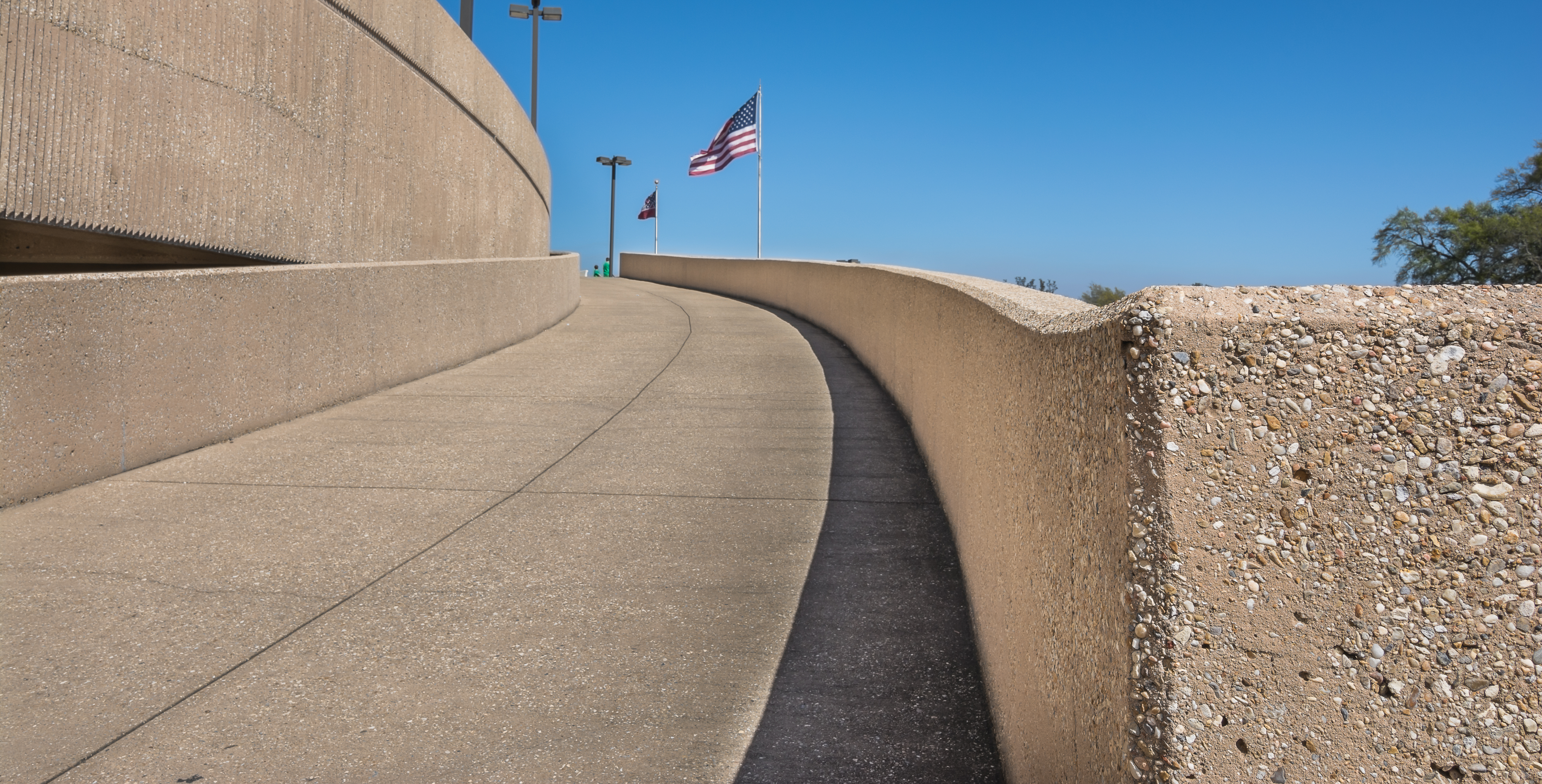
What is exposed aggregate concrete?
Exposed aggregate concrete is a type of concrete characterized by a screed in which the aggregate materials are partially exposed after being subjected to a special treatment. In this way, the concrete aggregates protrude from the surface and are visible to the naked eye. In this decorative finish the concrete is bare, being perceptible to anyone, thanks to the use of a concrete deactivator that delays the seatting of concrete. That is why it attracts so much attention for its particular aesthetics.
Cement, water and stone granules make up exposed aggregate concrete which, depending on the type of stone and color chosen in its formulation, will offer one type of decorative finish or another. This roughness that endows the stone is what triggers its non-slip texture and high resistance to the action of external agents and weather conditions.
Advantages and disadvantages of exposed aggregate concrete
Smooth, common and boring surfaces disappear, giving way to original and beautiful pavements in which concrete takes the form of decorative aggregate. An appearance practically identical to a piece of granite or marble. This decorative technique from which the exposed aggregate concrete was born dates back to the beginning of the 20th century, long before the irruption of another very popular type of concrete for exteriors, such as stamped concrete. However, despite the passing of the years, it is not at all outdated, but many professionals get the best of themselves to create authentic pieces of art. A creativity with which the professionals are taking this finish to another level.
The exposed aggregate concrete is classified within the decorative pavements. A categorization to which other systems such as printed concrete or polished concrete belong. In the case of exteriors, concrete with exposed aggregates is one of the most versatile and guaranteed alternatives.
Its superior mechanical and chemical resistance makes exposed aggregate concrete a perfect solution for any geographic location, since it tolerates sudden changes in temperature, wind, rain, sun, pedestrian and vehicular traffic, etc. For this reason, floors with this finish are ideal for those places that suffer from high humidity, hot-cold cycles and snowfall.
To help you choose whether this is the right material for your project, read carefully the main advantages and disadvantages of exposed aggregate concrete.
Pros of exposed aggregate concrete
It runs quickly with virtually no equipment set-up. Drying is completed in 24 hours, so it can be enjoyed in a potentially short period of time. A very simple application that translates into time and labor savings.
Its cost per square foot is very affordable.
Solar exposure does not affect or degrade it.
Exposed aggregate concrete offers and anti-slip finish.
Its granular appearance makes it unique; no other type of concrete can recreate such aesthetics.
A concrete deactivator is applied to the exposed aggregate concrete that delays the setting of the concrete and allows the aggregates to break through to the surface.
It is a very versatile decorative finish that adapts perfectly to any environment. This is due to the different stones and colors available, which allow this material to adapt to any environment.
Toxic free. The chemical that is added to make the aggregates stand out from the exposed concrete does not cause adverse effects to people or the environment. So is an eco-friendly material.
It is a floor with a long-lasting life. The roughness of its finish and its intrinsic resistance, greater than that of conventional concrete, allow this material to enjoy an unbeatable condition for years. A quality finish that will remain intact for a long time.
Exposed aggregate concrete is highly resistant. Its mechanical and chemical performance is due to its roughness and porosity, making it untouchable to sunlight, rain, pedestrian and vehicular traffic, as well as chemical agents.
Easy and low maintenance. Unlike other types such as polished concrete, exposed aggregate concrete does not require a constant maintenance process.
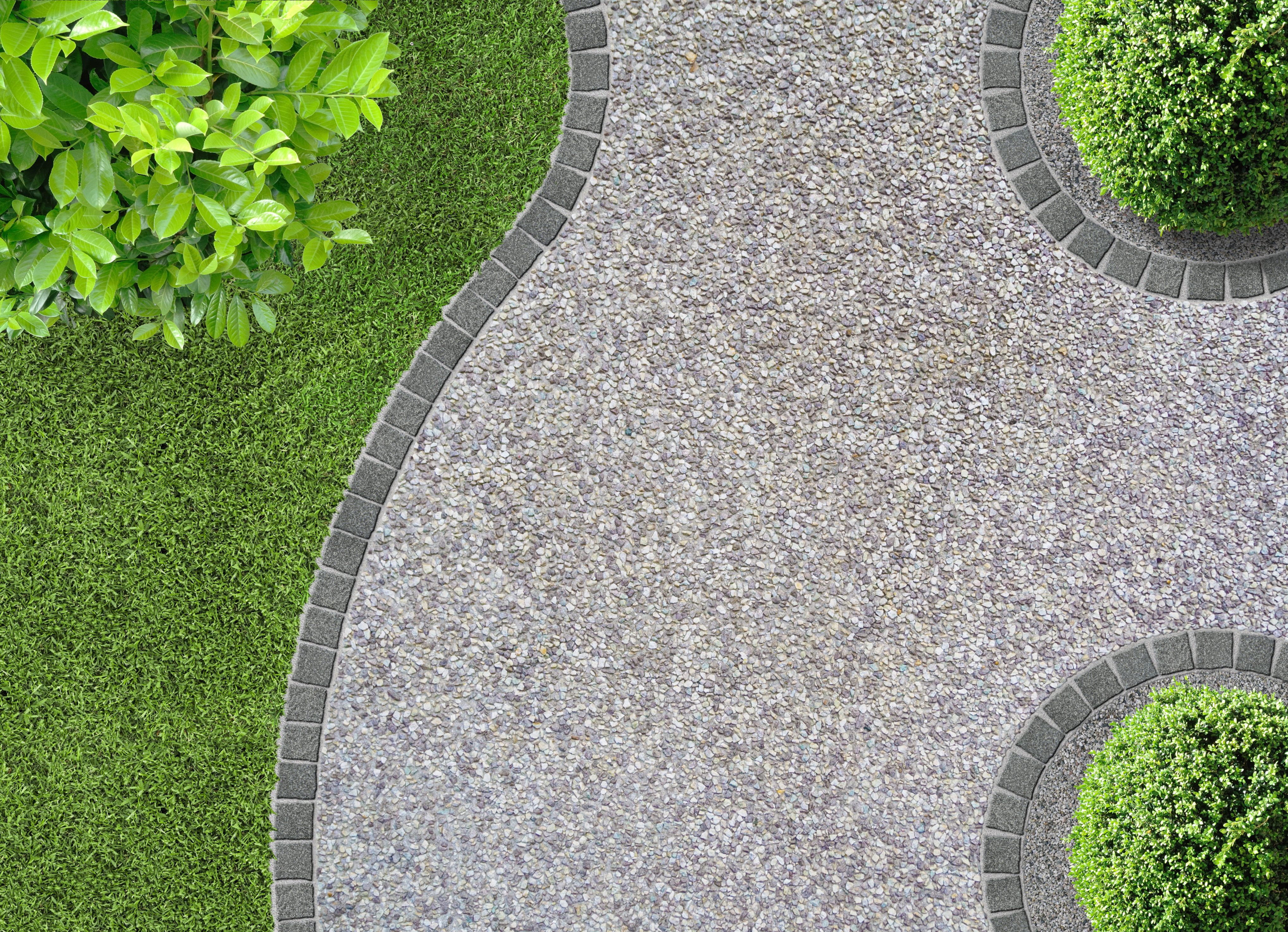
Cons of exposed aggregate concrete
- The stones and decorative pieces can be damaged. Minor damage would be caused by too much and constant traffic or by an abundant use of de-icing salts.
- Although it is a very cost-effective material, it is more expensive than standard concrete. Aggregates increase the cost of exposed aggregate concrete by about $2-3 over conventional concrete.
- More difficult to repair it. Its unique design and application method make resurfacing or repairing exposed aggregate concrete more complicated.
- It can only be applied by experienced professionals. Only qualified personnel can ensure an optimum finish and a uniform surface.
Where to use exposed aggregate concrete?
Exposed aggregate concrete stands out for its great diversity of applications and uses. This is due to its great capacity to adapt to different environments and to the versatility of a pavement that offers an infinite number of finishes and colors.
Thanks to its non-slip properties, it is a fantastic solution for different road constructions. For this reason, it is frequently used to pave sidewalks, driveways, streets, shopping centers, terraces, parking lots and gas stations. Its striking aesthetics, given by the exposed aggregates, make this type of concrete a decorative system in great demand for access roads to housing developments, providing a touch of exclusivity that very few other materials are capable of conceiving.
In addition to these fields of application exposed aggregate concrete is perfect for creating pedestrian walkways, pool decks, old town centers, areas of architectural tradition, sports areas, ramps, public squares, parks and gardens. Whatever the use to which it is put, this decorative concrete offers very original designs with personality in abundance. A neat finish where beauty and resistance merge to meet the needs of the most demanding customers.
Exposed aggregate concrete patio
Decorating a patio with this type of finish is an excellent option for its beautiful aesthetics, which will attract the attention of all the guests in your home. The aggregate alternatives are so varied as well as the colors that in your outdoor gatherings you will enjoy good conversations and privileged views. But above all, to make a patio with exposed aggregate concrete is to create a safe space thanks to its non-slip texture, so you don't have to worry about unwanted slips.
Not to mention the durability offered by this pavement, which is totally resistant to heavy foot traffic and the most extreme weather conditions. In fact, an exposed aggregate concrete patio can remain in good condition for decades if cared for properly. Applying a quality sealer will protect your patio from unwanted stains from water, oil and other contaminants.
Modern exposed aggregate concrete driveways and parking areas
Both pavements require durable materials that can withstand the incessant passage of people as well as vehicles which, in the latter case, can remain stationary for several hours. These floors have to withstand the weight that will be placed on them. And among many of the options, the exposed aggregate concrete is one of the best decorative concretes that you can opt for. Also because of the low maintenance and ease of cleaning they provide. Practical, functional and resistant flooring.
Parks and another entertainment areas
Exposed aggregate concrete has emerged as a very popular option for decorating public areas such as parks, gardens and other entertainment areas. Spaces with abundant influx of people who can walk without fear for such pavements. Especially young children, who can enjoy and run around without the fear of parents to fall. A very useful decorative concrete.
Pool decks
The paradise made swimming pool in your garden. A private paradise different from the aesthetics of conventional pools that will give distinction to your home. The available aggregates and colors are unlimited, so you will get a unique creation. An indoor and outdoor landscape. The perfect choice to resist the sun's rays, wind and rain.
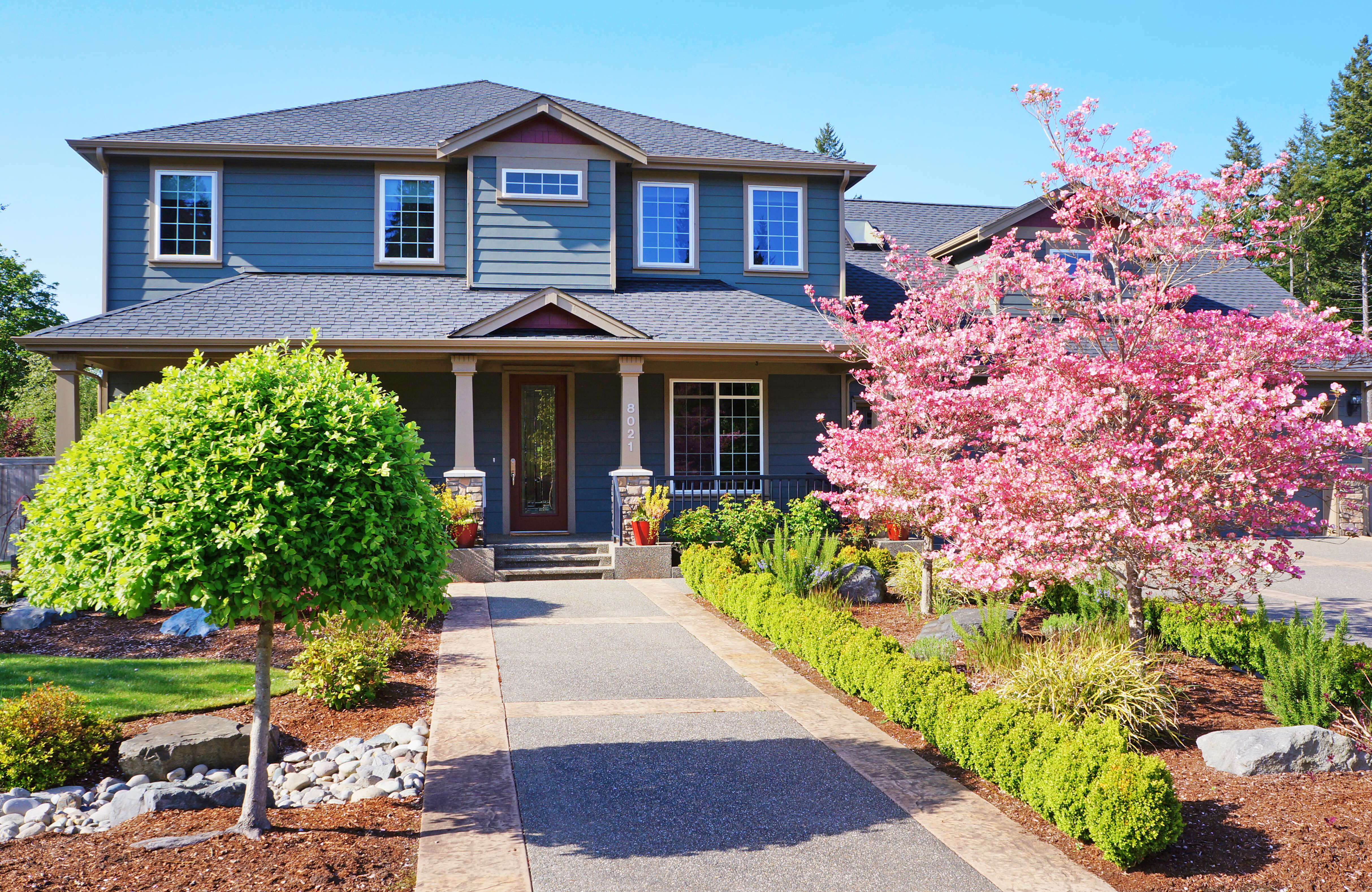
How to do exposed aggregate concrete: step by step
Although the components are similar to conventional concretes, the method of application is quite different. This is because in order to make exposed aggregate concrete, a concrete deactivator must be used on the fresh concrete. A product whose function is to slow down the setting of the concrete.
Then, a washing process would be carried out on the pavement so that the selected aggregate stones are clearly visible on the surface. As a result, we would obtain an exclusive finish with highly valued ornamental and anti-slip properties. Elegance and resistance at every step. We proceed to explain how to make this pavement step by step.
1. Level and compact the pavement
It is essential to ensure that the ground is in good condition. The first thing to do is to make sure that it is well leveled and compacted before pouring the concrete. Then the ground should be replanted, which will allow checking if the levels are correct to avoid future damage.
2. Delimiting the work surface
Mark very well the limits of the surface that will cover the surface of the future exposed aggregate concrete pavement. This step is very important since the liquid concrete when it is not yet dry is very moldable. Failure to delimit the surface when pouring the concrete could result in unwanted spills which would mean a failed installation method.
3. Pour concrete over the surface and screed
Spread the concrete evenly and homogeneously over the entire length and width of the surface. To do this, a tool called a "screed" is used to facilitate the correct leveling of the concrete all around the perimeter. In other words, it is smoothed manually.
Important: the type and quantity of cement included in the formulation of the concrete will have a proportional effect on the setting of the concrete.
Professional tip: we recommend applying monofilament synthetic fibers to help the cohesion of the concrete. The fibers will facilitate the subsequent application of the concrete deactivator.
4. Bull float the concrete
Next, it would be the turn to perform the troweling of the concrete with the help of a trowel or helicopter. This step will contribute to the final roughness and anti-slip texture of the pavement.
5. Applying a concrete deactivator
To slow down the setting process of the material, a positive surface concrete deactivator should be applied approximately 30 minutes after pouring the concrete. While the outer layer dries slowly, the rest of the layers continue the usual process. Thus, the external layer ends up eroding and making visible the aggregates that give name to the exposed aggregate concrete. It is very important to follow the indications regarding proportions that each manufacturer specifies in the technical data sheets.
Professional tip: use the concrete deactivator of the Naturcem® family. Spray uniformly at 2/4 bar with a 0.79 mm diameter nozzle.
6. Wash the surface to expose the aggregates
When the concrete has completed its drying and hardening process, the surface should be washed with pressurized water to remove the remains of unset mortar and to expose the aggregates on the surface. This washing will be done between 3 and 24 hours after the application of our Naturcem®. It should be done with a pressure washer at 100 to 150 bar.
Important: if the product is exposed to strong sun and wind, or if the temperature is below 30ºC, the cleaning should be done between 4 and 12 hours.If the temperature exceeds 30ºC, shorten the time to 3-8 hours.
7. Apply an exposed aggregate concrete sealer
Although sealing is not strictly mandatory, we as professionals recommend applying an exposed aggregate concrete sealer such as those of the Sealcem® family to finish the process.This optional resin will give shine to the new floor. The result is simply spectacular.
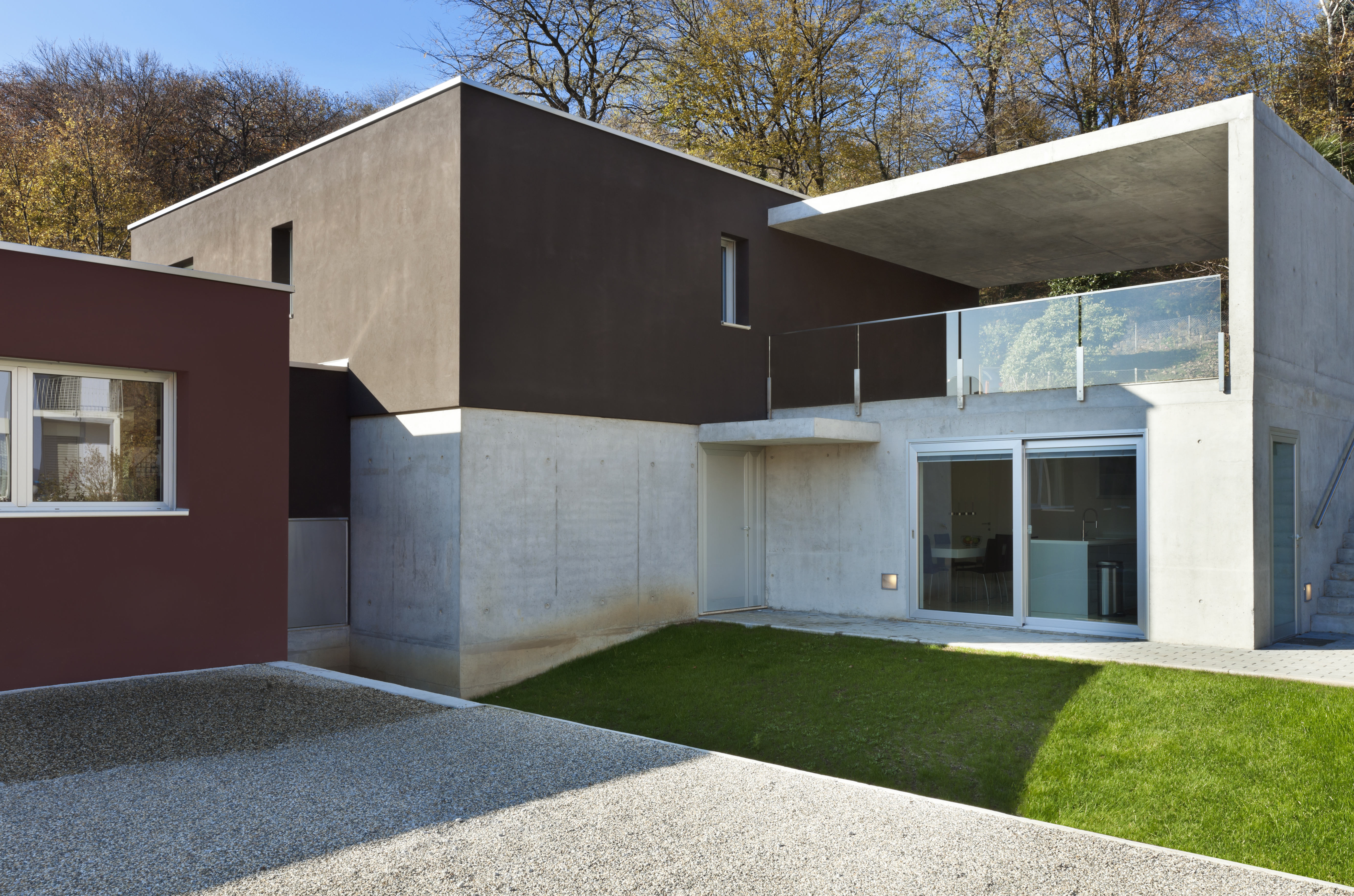
Which concrete deactivator use for an exposed aggregate concrete floor?
In the Naturcem® range there are three types of concrete deactivators for making exposed aggregate concrete pavements. There is no one better than the other. The difference between them lies in the color, the degree of attack and the size of the aggregate:
Naturcem® Low: blue in color, with an attack degree of 2 and an aggregate size of 5-8.
Naturcem® Medium: pink in color, 4 in degree of attack and 10-14 in aggregate size.
Naturcem® High: yellow in appearance, with an attack degree of 5 and an aggregate size of 14-18.
All three are solvent-free deactivators, which greatly facilitates their use. The consumption is 5 - 6 m²/L and they guarantee a drying time to the touch of 1-2 hours.
Maintenance of exposed aggregate concrete: professional recommendations
Although exposed aggregate concrete is a material that requires virtually no maintenance, due to its porosity and roughness, there are a number of products that can be used to prolong the life and luster of the finish.
Exposed aggregate concrete sealers to keep dirt and grease at bay
Grease and dirt can become the great enemies of a porous, rough-textured pavement, two characteristics that exposed aggregate concrete has in common. This is because they can penetrate extremely easily.
To avoid this caustic, we recommend using sealers that plug and seal the existing micropores in the pavement. With this product we will provide the surface with a more prolonged protection over time of the external layer of the concrete against these agents, which will facilitate its cleaning at the same time. Also, thanks to the sealer, it will ensure that the aggregates will not deform and will remain intact.
Professional recommendation: use a sealer that does not yellow when exposed to sunlight, protects against grease and oil and enhances the color of the exposed aggregate concrete. There is a wide range to choose from in the Sealcem® family of sealers and varnishes.
Resins for shiny exposed aggregate concrete
Increased protection and an everlasting shine for an unforgettable lustrous finish. This is what you will achieve if you use resins such as Sealcem® that favor the permanence of the aggregates. An almost imperishable and elegant result.
Specific cleaners
Cleaning exposed aggregate concrete with pressurized water is fine, but using products specifically designed for this purpose is a plus. Multiply the longevity of your pavement with the frequent use of effective cleaners such as those in the Ecoclean range.
Enhancing the color of exposed aggregate concrete
Exposed aggregate concrete is very durable, but not insurmountable. With the passage of time, more abrupt and adverse weather conditions, the result of climate change and high road traffic, the color can lose some of its essence and fade. A situation that can be remedied with the application of a color enhancer such as our Sealcem® DSV Colour. A paint that will not only revitalize the color of the exposed aggregate concrete pavement, but will also make it more resistant to impacts and abrasions.
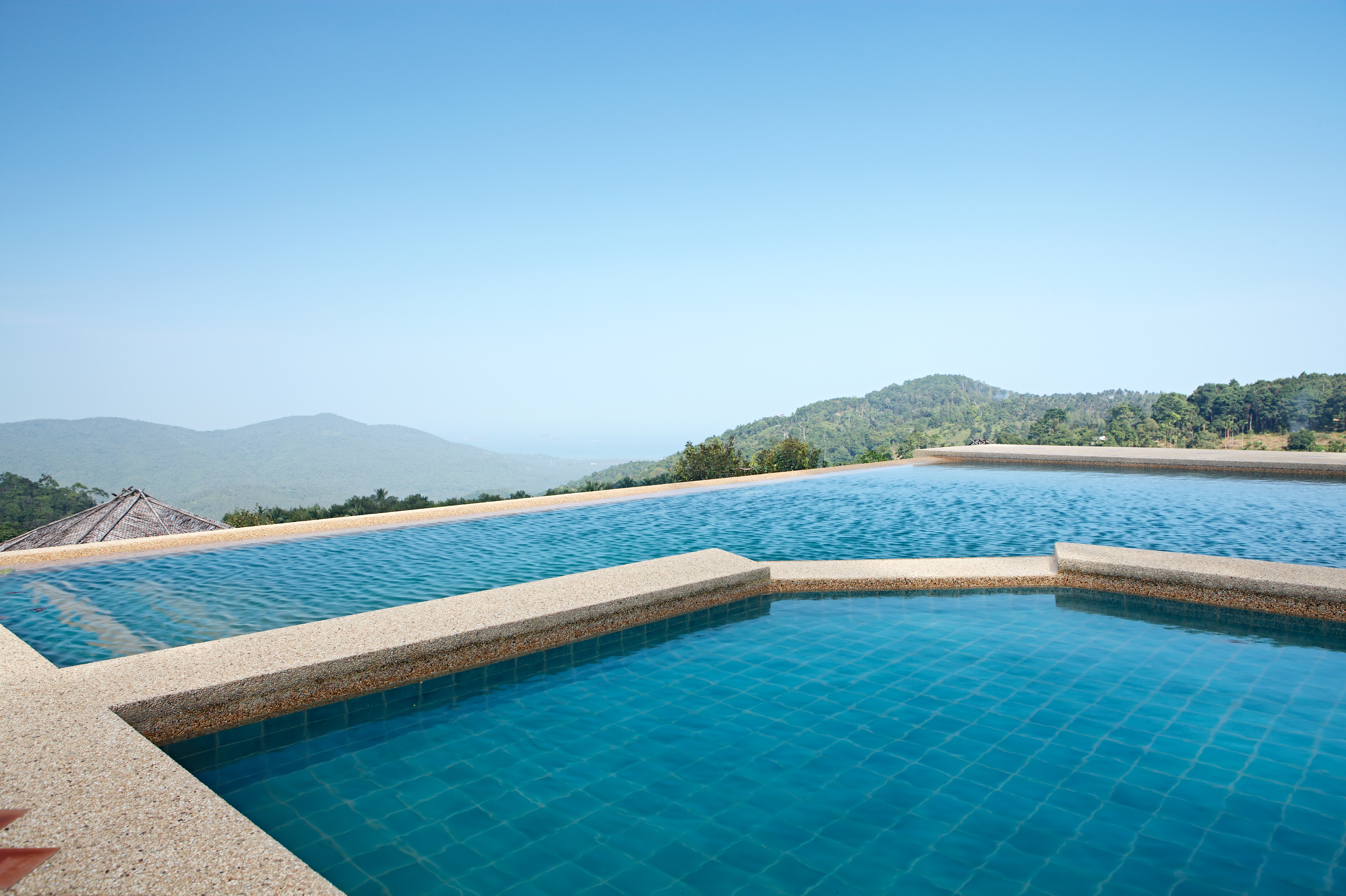
How to resurface over exposed aggregate concrete like a pro
Decorative finishes are not only for contemplating and admiring their beauty, but also for using them. To walk on the pavement without fear and even to drive over and park vehicles on it. Too much traffic or an unprecedented storm can cause small damages that need to be repaired. We explain how to repair concrete with exposed aggregate as if you were an expert in the field.
1. Prepare and clean the pavement.
Clean any cracks, holes or dents in the pavement. Sweep and even use a pressure washer and a brush to help us to eradicate the excess of residues. The purpose is to favor a surface as smooth as possible so that the new concrete that we are going to pour can adhere without problems.
2. Mix the aggregates with the concrete
To choose the type of aggregate that more we like and to mix with the concrete following to the letter the precise instructions of the manufacturers.
3. Apply a coat of epoxy adhesive
Add a coat of epoxy adhesive to the surface so that the concrete adheres properly and does not peel off after the drying process is complete. When the epoxy is neither too dry nor too wet, proceed to add the patch.
4: Place the patch on the exposed aggregate concrete
Fill any cracks, holes or dents with the newly made remediation mix. Tools such as a spatula can be very useful to make sure that all the space is perfectly filled with aggregate concrete. Then level the surface.
5. Wait 24 to 48 hours for the patch to dry
Respect, with patience, a prudential period between 24 and 48 hours for the patch that we have added to be completely dry.
6. Wash the surface
Clean again the concrete pavement so that the aggregates are exposed.
7. Protect the substrate with a exposed aggregate sealer
We want the patch to last so that you can enjoy your pavement for a long time. For this, it is very important to apply an exposed aggregate concrete sealer that protects the substrate and let it dry for approximately one week so that it acquires its maximum performance.
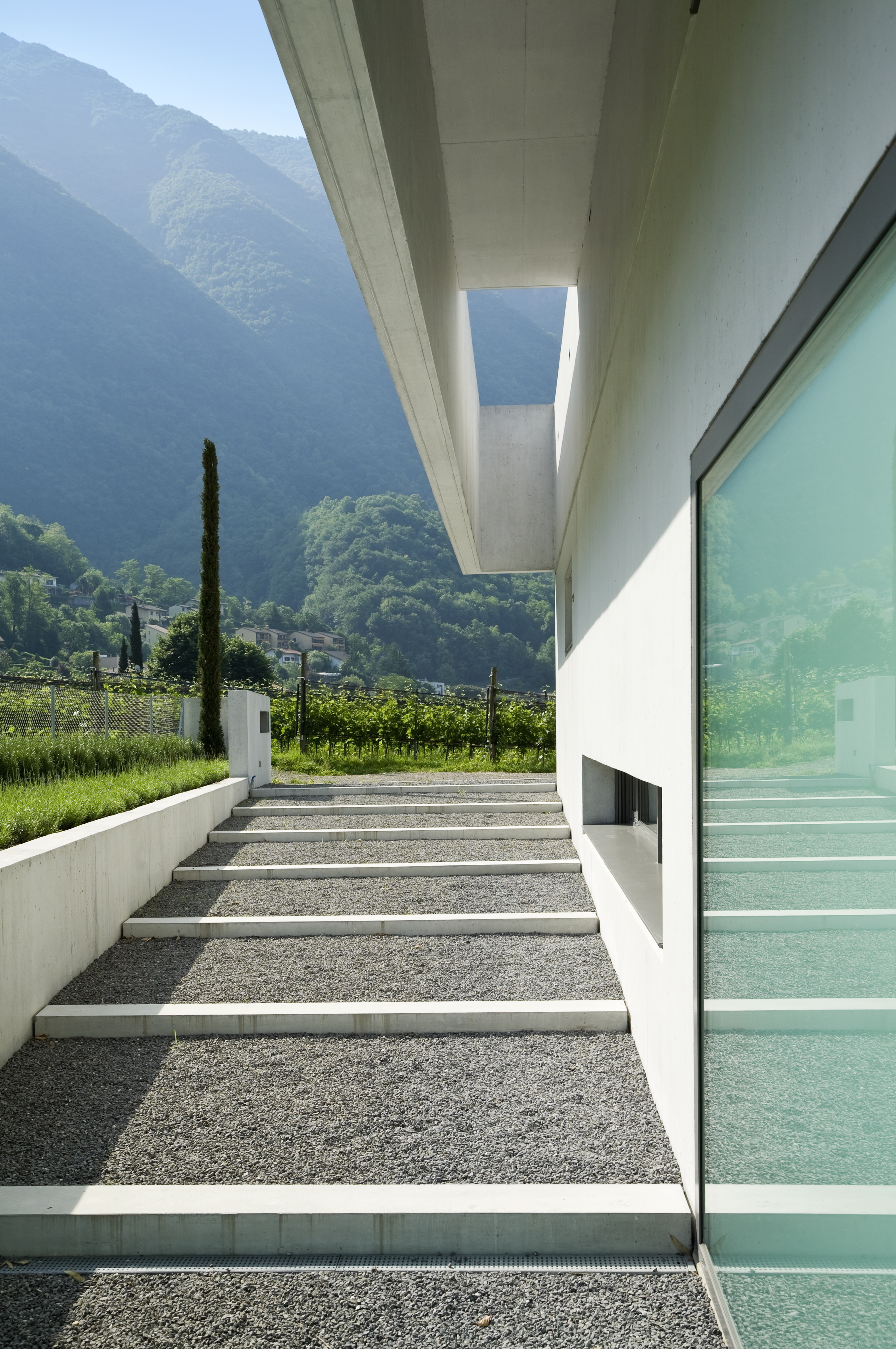
Exposed aggregate concrete cost: updated price per square foot
There are several factors that determine the cost per square foot of exposed aggregate concrete. The type of stone and color selected to mix with the concrete, the construction company's labor, the geographical area in which the work is located and the concrete deactivator to be used to achieve the popular exposed aggregate concrete finish. Taking into account all these elements, it is a material with an excellent quality-price ratio, being much more affordable than other construction materials.
Generally speaking, although depending on where you look you can find very different costs taking into account the factors previously described, the price of exposed aggregate concrete per square foot ranges between $8 and $14.
Exposed aggregate concrete finishes: infinite textures and colors
Exposed aggregate concrete is a continuous pavement with a rustic and earthy appearance and infinite textures due to the available aggregates: pebbles, marble, gravel, etc. Regardless of the aggregate chosen, the result is always the same: a smooth, rough and non-slip floor.
For greater customization, cement can be combined with any aggregate, granulometry and color. To the consumer's preferences. The catalog has no end, being able to play with different geometric motifs and materials such as wood, stone or brick. Any shape and texture can be projected with exposed aggregate concrete, creating very different finishes but all of them in perfect harmony and consonance with the surrounding environment.
Aggregates types you can select
Some of the aggregates you can mix with concrete to achieve this decorative finish are:
- Crushed stone
- Pebbles
- Decomposed granite
- Salt rocks
- Limestone
- Quartzite or basalts
Colors for your exposed aggregate concrete
The most common colors are undoubtedly white, gray, brown and black. However, thanks to the customization that exposed aggregate concrete allows, you can play with all kinds of shades and even combine different colors to create a much more special support. The help of an experienced professional will be decisive for you to give the pavement a unique and non-transferable finish for your outdoor space.
Exposed aggregate or stamped concrete? Which one?
These are two types of concrete that require a special decorative technique to achieve the final finish they boast. While the exposed aggregate concrete is characterized by leaving the aggregates visible after applying a concrete deactivator, the stamped concrete stamps on the pavement molds of different patterns that mimic the appearance of other materials such as stone, wood or brick.
In resistance both are more than enough, being very durable decorative pavements. Two very grateful materials as far as maintenance is concerned and with very competitive and affordable prices per square foot. Which one should you choose? The answer is simple. It depends on the finish you want to obtain, as they have nothing to do with each other.
Subscribe to our newsletter
Receive in your email tips for the application and care of microcement, the latest trends and news about Topciment products.




